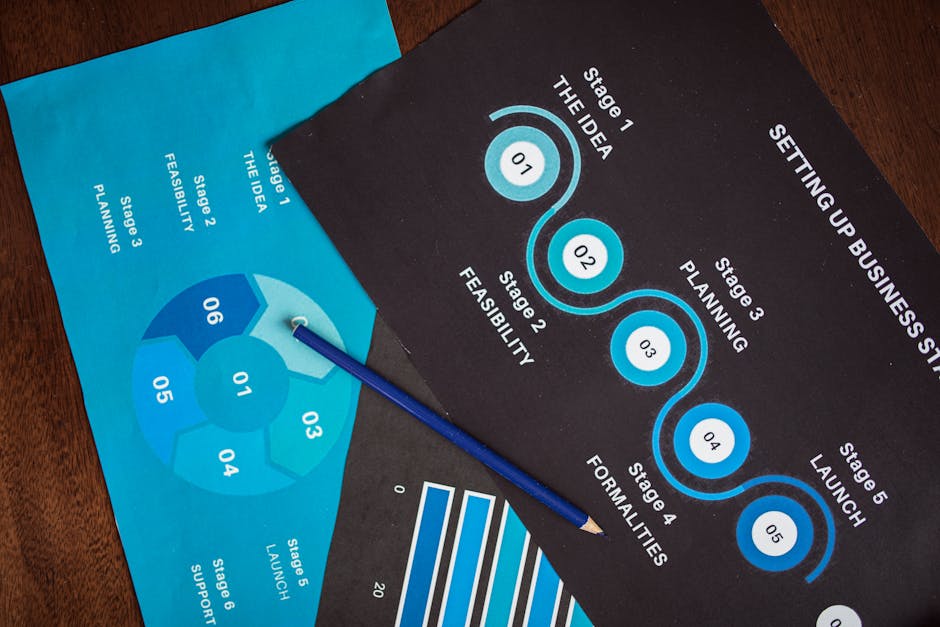Retirement – it’s the golden sunset after a life of hard work. For real estate agents, who often manage their own income and investments, planning for retirement can be a bit more challenging. This guide aims to provide a strategic blueprint for real estate agents who wish to retire early. Let’s plan your path to a well-deserved and worry-free retirement.
Step 1: Assess Your Financial Landscape
Related reading: Mastering Financial Organization to Fuel Your Real Estate Success.

Before you start planning for an early retirement, it’s imperative to have a clear understanding of your current financial situation.
1.1 Compile an Overview of Your Income and Expenses
- Identify all sources of income and calculate your average monthly earnings.
- List all fixed and variable expenses to determine your average monthly spending.
- Inventory all your assets including real estate properties, vehicles, savings, and investments.
- Tabulate all your debts such as mortgage, car loans, student loans, and credit card balances.
1.2 Evaluate Your Current Assets and Liabilities
Step 2: Set Your Retirement Goals

Now that you have a clear financial picture, it’s time to define what early retirement means to you and what it will require.
2.1 Determine Your Desired Retirement Age
Choosing when you want to retire will set the pace for your entire retirement plan.
2.2 Calculate Your Retirement Needs
Consider the lifestyle you wish to lead, the places you want to travel, and the hobbies you want to pursue. These factors will significantly affect how much you need to save.
Step 3: Design Your Investment Strategy

As a real estate agent, you have a distinct advantage when it comes to investments. Use it to your advantage.
3.1 Invest in Real Estate
Investing in rental properties can provide a steady stream of retirement income. Additionally, property values typically increase over time, making real estate a solid long-term investment.
3.2 Diversify Your Portfolio
Don’t put all your eggs in one basket. Investing in stocks, bonds, and mutual funds can help balance the risk associated with real estate investments.
Step 4: Implement a Savings Plan

Saving is an essential part of any retirement plan. It’s the surest way to accumulate the funds you’ll need to support your lifestyle once you stop working.
4.1 Automate Your Savings
Set up automatic transfers to your savings or retirement account. This ensures you’re consistently saving and reduces the temptation to spend.
4.2 Maximize Tax-Advantaged Retirement Accounts
Contributing to accounts like IRAs or 401(k)s can provide you with tax deductions, tax-free growth, or tax-free withdrawals in retirement.
Summary: Your Path To Early Retirement

Fulfilling your dream of early retirement is more manageable with a clear, strategic plan. By assessing your financial landscape, setting your retirement goals, designing an investment strategy, and implementing a savings plan, you’re well on your way to a relaxed and rewarding retirement. Remember, the journey to retirement is not a sprint, but a marathon. Stay disciplined, stay focused, and most importantly, stay excited about the golden years that await you.

